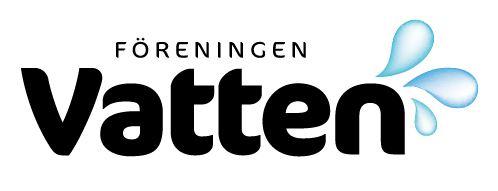Skåne’s constructed wetlands, 30 years ofenvironmental measures
Abstract
For over 30 years, constructed wetlands (CW) have been proposed and used as multi-functional environmental measures in Skåne, Southern Sweden. CW continue to be proposed and implemented as a cost-effective measure to reduce eutrophication and improve biodiversity. The continuation of CW projects in Skåne requires adaptation of the factors: technology, policy and stakeholders to remain in connection with societal and climatic changes. This requires an understanding of the developmental trajectory, and therefore, the CW developmental trajectory is reviewed focusing on technology, stakeholders, policies and climate since the emerging of CW in Skåne.
Stakeholder collaboration is essential in CW projects and has been building and expanding since the emerging of CWs. Within policies, the Baltic Sea Convention and Water Framework Directive provide strong incentives for increasing CW efforts. Landowners are keystakeholders, driven by a variety of reasons, economic, environmental and recreational. In 2018 a strong drought sparked a shift of focus towards irrigation purposes, portraying a rise of importance of climate. Future successes of CW projects are determined by the adaptation of stakeholders, technology and policy to balance the traditional objectives, related to eutrophication and biodiversity, with water quantity management.
